- Mailing Address
-
1968 S. Coast Hwy, Suite 2680
Laguna Beach, CA 92651 - Phone: 949-861-2990
Thank you for your interest in Case Barnett Law, where our experience runs deep, our successes are numerous, and our motivation is simple—to deliver the most effective results for each and every one of our esteemed clients. We are ready to do whatever it takes to deliver those results to you.
California Personal Injury Lawyers
As members of society, we must be able to trust that those responsible for the safety and well-being of others are not neglecting their duty of care. In a personal injury case in California, the person who was injured is responsible for proving that the negligence of another person caused the injury to occur. This is a difficult undertaking, and it is essential that you not try to do it alone. An experienced personal injury attorney will know how to negotiate the following key elements of a personal injury case:
- Comparative Negligence
- Expert Testimony
- Going to Trial
- Statute of Limitations

.png)




















